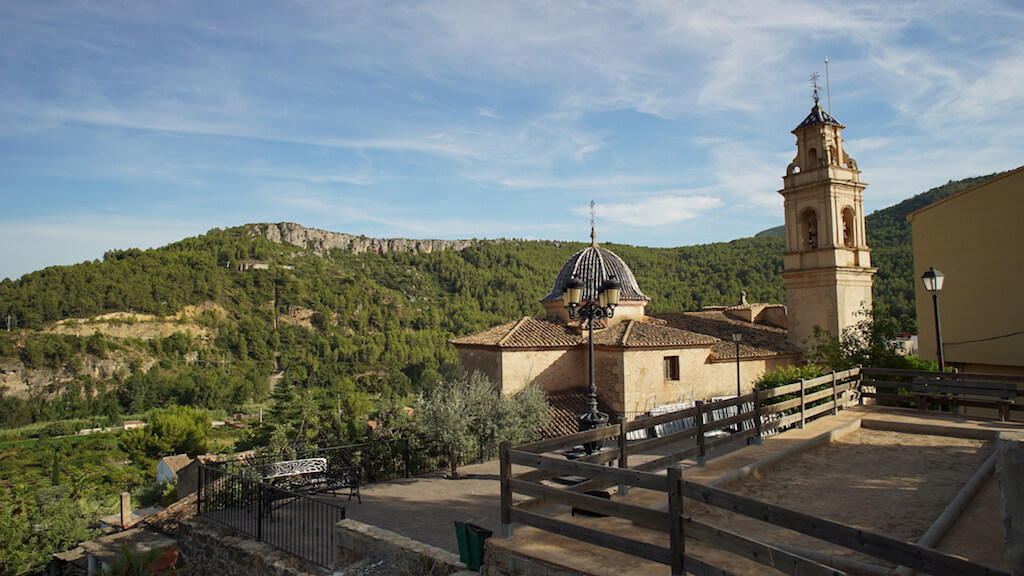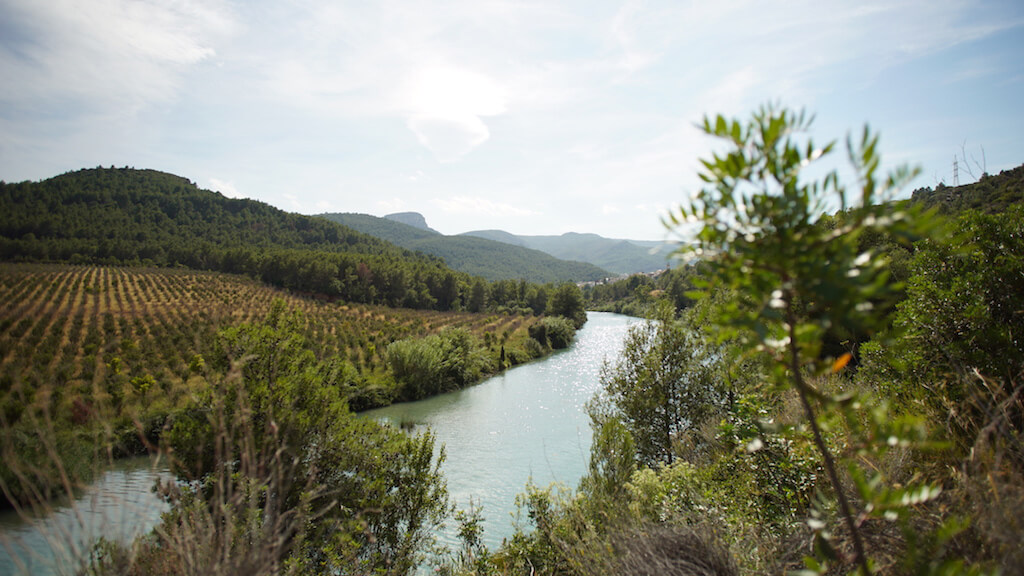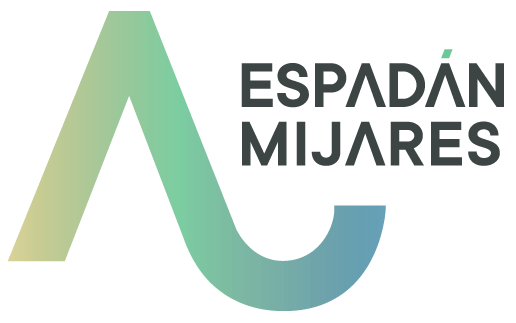Municipality located in the Alto Mijares region, 37 km from Castellón and at an altitude of 276 meters. It is bathed by two rivers, the Villahermosa and the Mijares, joining these in their limit with Argelita.
Its term of 5,09 km2 has large arboreal areas due to its orography formed by chasms and hills, in which the pine and holm oak species that surround the town and give it a unique landscape of great beauty are predominant.

HISTORY
This small town of Arab origin, although its toponymy is Latin, belonged to several manors, from the Arab Abu Zeyd in 1231 through the Barony of Arenos in 1242 or the Duchy of Villahermosa in 1465.
Later, it became the property of the neighborhood in the confiscation of Mendizábal in 1837. These historical ups and downs have meant that its population has suffered notable demographic changes throughout its history. Thus, since the expulsion of the Moriscos, which meant the beginning of a period of demographic decline, it has only increased to a great extent in the 1960s with the construction of the Vallat power plant. The fencers, after their days of work played traditional sports, such as the ball by hand, practiced on the wall of the old school.
MONUMENTS OF INTEREST
A walk through this charming municipality reveals its Arab origins, due to its characteristic structure of narrow streets, with cobbled floors and white houses. In its center stands its eighteenth century church, in homage to St. John the Evangelist, patron of the municipality, wide and simple plant with stone clad floors, witness to the devotion of a people. If we continue the tour, we can look out to El Mirador, behind the church, which is one of its best views. In the high part we find La Santa Cruz, religious monument, main participant of festive events.

NATURAL ENCHANTMENTS
Vallat's natural charms are numerous, mainly related to water. The rivers Villahermosa and Mijares originate emblematic places. Wells such as the Roca del Molino, the Vidal well or the Peña Negra, with its stone mola and fountains like La Salud, located in the urban center, Ramírez and La Señora, give it a landscape of great interest for the visitor. We can also enjoy a unique view such as the Salto del Agua, an old canal of the power plant, which gives rise to a beautiful and original photographic memory, when they release the water from their raft.
HOLIDAYS AND TRADITIONS
Around January 17, the festival of San Antonio Abad is celebrated in which the neighbors light bonfires, bless the animals and make the traditional distribution of rolls. In May, processions and masses are held in honor of the Holy Cross. The first two weeks of August take place the summer parties, in which they perform bullfighting festivals, festivals and fellowship meals.


